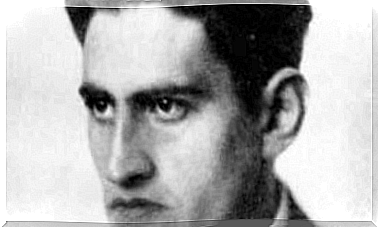How To Simplify Difficult Changes?

Difficult changes are also those which, by rule, are postponed indefinitely. Most people make changes lazily. These changes are considered a steep slope. We know that at the top there will be a reward, but we get tired just thinking about what to do to get there. We want the result, but not the climb.
Sometimes all it takes is one effective method. It is as important as the goal to achieve this transformation considered necessary. Everything indicates that the strategy is as relevant as the willingness to change something.
Psychologist BJ Fogg, author of Tiny Habits: The Small Changes That Change Everything , has studied this question in depth. This is how he came to the conclusion that change is easier when we break this transformation down into simple actions. What is the way ? Let’s see that right away.

Difficult changes
BJ Fogg is a prestigious researcher who has worked in the world of design. He found that new product development sometimes stalled because managers focused more on complexity than simplicity.
Later, this psychologist obtained a position at Stanford University where he continued his investigations, the results of which were in the same direction. The starting point for a theory that would lead to a book on how to simplify difficult changes.
Today, he thinks that simplicity is a very powerful force. Why ? Simple things don’t take a lot of energy or motivation. Special talent or detailed learning is also not necessary.
One of the “secrets” to making big changes is to segment them into a chain of simple changes. In other words, by cutting the slope, we can appreciate the landings or the moments in between when we can get small rewards that boost our motivation.
The power of simplicity
Habits are hard to change. They cling to life in an impressive way and banishing them becomes an odyssey.
Likewise, developing a healthy habit takes time. Normally, enthusiasm is present at the start of the process, and little by little, it disappears without us really knowing why.
BJ Fogg gives an example: removing weeds from the garden takes at least five hours, but there is likely to be no time for this task. On the other hand, if the proposition is to invest five minutes a day in it, then there is a greater probability that it will be realized.
The Fogg Method is designed to facilitate difficult changes. What its creator advises is to start from the routine as everyone has established it, and gradually incorporate a new habit.
If, for example, you want to drink more water to improve your digestion, rather than following a special routine, it is best that you incorporate this task into one of your daily activities. For example, drink water while making breakfast.

The method
Obstacles appear during difficult changes, such as exercising or quitting smoking. What to do in these cases? Fogg advises first to identify the real problem to be solved.
Maybe what you want is not exactly to quit smoking, but to breathe easier and take care of your health. So you need to cultivate small habits to achieve this goal.
For example, start by doing breathing exercises for three minutes or refrain from the first cigarette for a while. Once this little habit is incorporated, you can move on to the next.
Of course, it takes longer, but is there an emergency? In reality, you will save time, because you will end this eternal procrastination. The only thing that matters is that you set goals so small and undemanding that you are sure you can achieve them without giving up.
Fogg also stresses that technology is a good ally in these efforts. Apps or programs that create reminders, motivate, or help set records add that extra boost. It is worth taking the path of small habits to move forward towards these big transformations that have been postponed.










